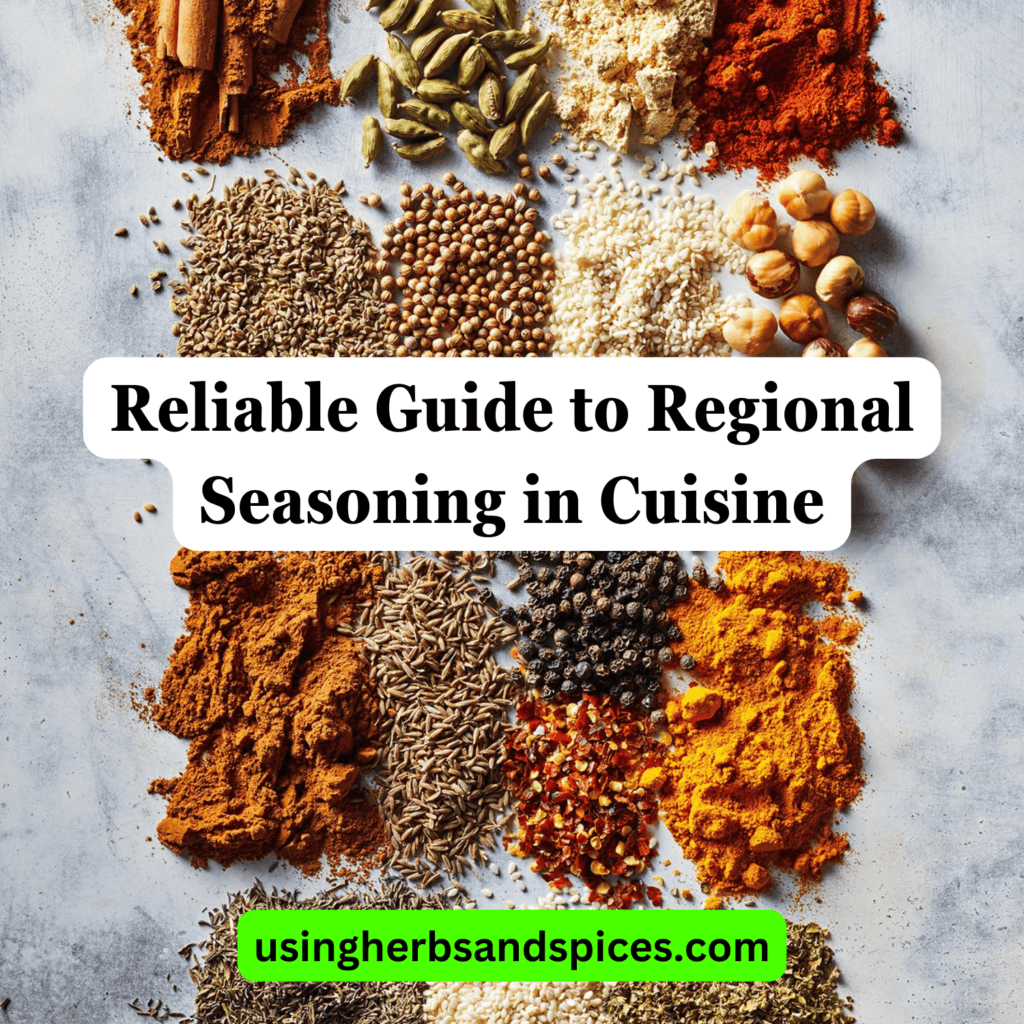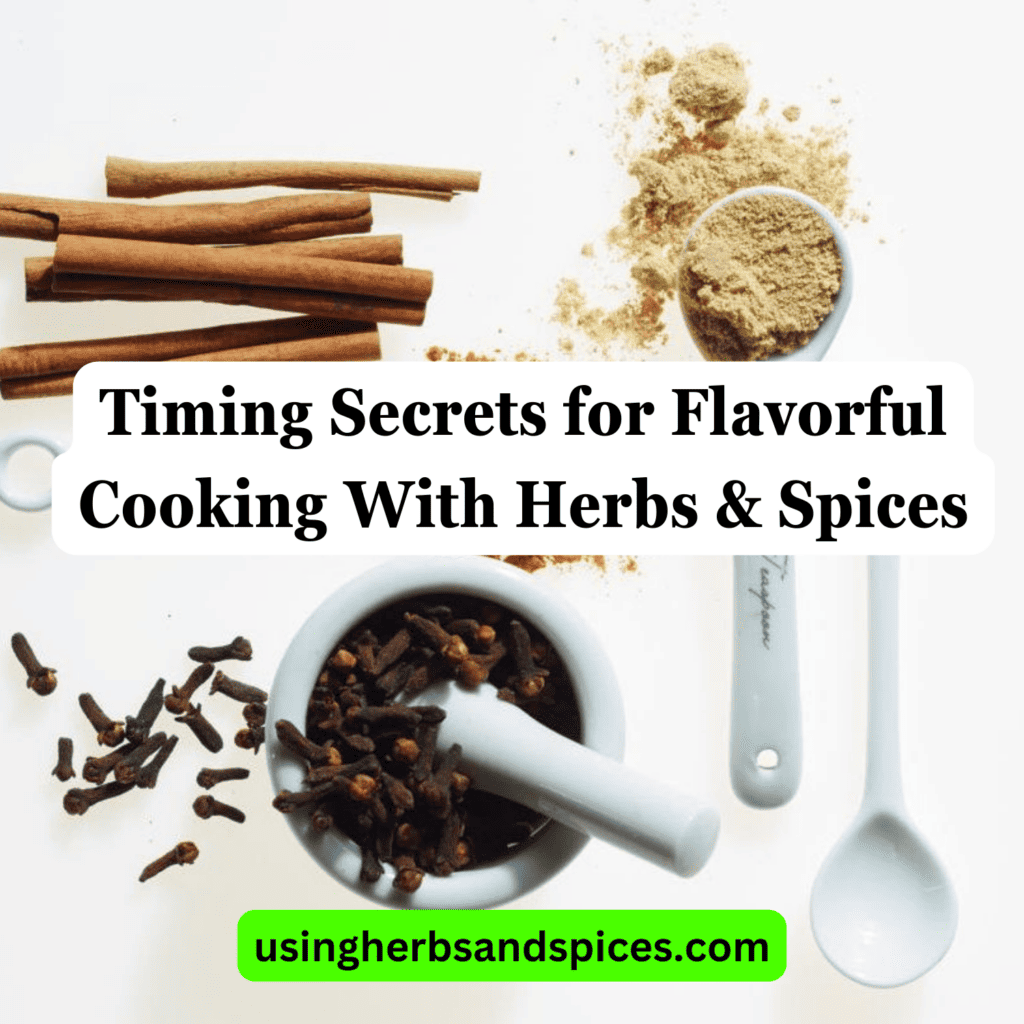Imagine your kitchen as a canvas, with spices as the vibrant colors that tell a story of ancient connections. You’re part of a legacy, where every pinch of cinnamon or cumin links you to the caravans and ships that once traversed deserts and seas to bring these treasures to the world.

Your pantry is more than just a place for ingredients; it’s a testament to the cultural exchange that has been seasoning humanity’s palate for millennia. The flavors you love have been shaped by the hands of countless traders and adventurers, ensuring that you belong to a global tapestry of taste.
As you cook your next meal, remember that you’re continuing a tradition that has made the world’s kitchens richer and more diverse.
Table of Contents
Key Takeaways
- Ancient trade routes facilitated the exchange of spices from distant lands, leading to the integration of foreign flavors into traditional recipes.
- The spice trade had a significant impact on modern cuisine and led to a blend of flavors that are now hallmark to many cultural dishes.
- Ingredient adaptation and fusion of flavors marked the beginning of taste globalization, resulting in the creation of novel dishes that reflected a blend of diverse culinary practices.
- The preservation of heritage through spice usage ensures the continuation of cultural traditions and connects us with the culinary practices of our ancestors.
Origins of Spice Trade
You’ll stumble upon the roots of the spice trade in the ancient networks that connected diverse cultures through the exchange of exotic flavors and medicinal ingredients. Delve deeper, and you’ll find the Silk Road and maritime explorations at the heart of this complex web. These weren’t just routes on a map; they were the veins through which the lifeblood of societies—knowledge, ideas, and yes, spices—flowed, fostering a sense of belonging across continents.
The Silk Road, an overland route linking the East to the West, was the conduit for spices such as cinnamon and black pepper. It wasn’t merely about trading goods; it was about interweaving distant communities, creating a shared identity through the collective palette of flavors that would define regional cuisines for centuries to come.
Simultaneously, maritime explorations opened new channels. Daring voyages by sea charted by the ancients pushed the boundaries of the known world, connecting islands and coastlines to the spice narrative. This quest wasn’t just for wealth; it was a pursuit to belong to a larger, more flavorful world.
In this intricate dance of supply and demand, you’ll recognize that the spices in your kitchen are more than mere ingredients; they’re relics of a time when the quest for connection changed how we experience food.
Routes and Cultural Exchange
As you explore the ancient trade routes, you’ll notice they were the arteries through which not only goods but also ideas and culinary practices flowed.
The impact of the spice trade on modern cuisine can’t be overstated; it precipitated a blend of flavors that are now hallmark to many cultural dishes. This confluence of tastes traces its roots back to marketplaces where traders from diverse backgrounds exchanged more than just commodities—they shared the very essence of their culinary heritage.
Spice Trade Impact
In your kitchen cabinet, amidst the myriad of flavors, lies a history of intricate trade routes and cultural exchanges born from the ancient spice trade.
As you scan your array of seasonings, consider how spice monopolies once controlled the flow of these precious commodities. Powerful empires and merchant guilds held the keys to flavor preservation, dictating the availability of spices that now effortlessly garnish your meals.
These routes didn’t just transport goods; they were conduits of ideas, blending distant cultures through shared tastes. The spices that infuse your dishes with depth and warmth are silent witnesses to bygone eras of exploration, connecting you to a time when the pursuit of flavor shaped the world.
Culinary Fusion Origins
The ancient spice trade’s legacy reaches beyond mere commerce, shaping the very essence of your culinary traditions through the fusion of global flavors. As merchants traveled along the Silk Road, the exchange of goods also meant the exchange of culinary ideas. The result was a rich tapestry of cultures blending and reinventing dishes through:
- Ingredient adaptation, where locals would adopt foreign spices and produce, integrating them into their traditional recipes.
- Flavor experimentation, leading to the creation of novel dishes that reflected a harmonious blend of diverse culinary practices.
- The formation of trade hubs that became melting pots for cultural exchange, further accelerating the process of culinary fusion.
You’re part of a global community, connected by the shared history of food that was stirred in a pot of ancient trade routes and cultural curiosity.
Spices as Currency
You’ll find that many spices once held value comparable to gold, serving as a potent form of currency in ancient trade. This wasn’t merely due to their ability to enhance flavors; spices like cinnamon, cloves, and nutmeg were scarce commodities, often grown in very specific, far-flung locales. Spice hoarding, as practiced by those in power, was a strategic move. It created flavor monopolies that controlled the supply and, consequently, the prices of these precious goods.
Imagine a world where the cinnamon in your pantry is a symbol of wealth, a tool for bartering, or even a dowry. In ancient times, you might’ve used it to negotiate a trade, pay taxes, or curry favor with a local dignitary. Spices functioned as a global currency that transcended language barriers and cultural divides, fostering connections and a sense of belonging among disparate peoples.
The pursuit of these spices led to the creation of vast trade networks, where the value assigned to them wasn’t just in their taste, but also in their ability to be stored and transported over long distances without losing potency. This made them ideal for trade, and a keystone in the kitchens and economies of old.
Globalization of Flavors
Every spice you add to your dish is a testament to the ancient trade routes that first globalized our palates. These routes were the superhighways of flavor, delivering exotic tastes to new lands and forever changing the culinary landscapes they reached.
Ingredient adaptation became a creative endeavor as communities embraced these foreign spices, blending them into their traditional dishes. This fusion of flavors marked the beginning of taste globalization, a phenomenon that continues to evolve even today.
Consider how certain ingredients have become staples across various cuisines:
- Chili peppers, originating from the Americas, now ignite dishes in India and Thailand.
- Cumin, once treasured by the Egyptians, is now key in Mexican chili and Indian curries.
- Cinnamon, traded by the ancient Sri Lankans, has found a home in sweet and savory dishes worldwide.
You’re not just a cook in your kitchen; you’re a curator of centuries-old taste stories. The spices lining your shelves are more than mere condiments; they’re historical artifacts. They speak of a time when the desire for new flavors drove explorers to traverse perilous oceans and deserts, ultimately knitting the world’s pantries together into a tapestry of shared taste experiences.
Your culinary creations are a continuation of this rich tapestry, ensuring that the legacy of flavor’s globalization is carried forward with each meal you prepare.
Cuisine Evolution Over Time
As you explore the annals of culinary history, you’ll notice that the ancient spice routes were more than mere trade paths; they were the arteries that pumped new life into regional dishes.
Traditional recipes didn’t remain static—they absorbed and transformed with each new wave of ingredients.
This interplay of commerce and culture gave rise to the dynamic, flavor-rich cuisines you savor today.
Spice Routes Impact
While exploring the legacy of ancient trade, you’ll discover that the spice routes fundamentally transformed global cuisine, introducing exotic flavors that remain staples in your kitchen today. Spice monopolies once dictated the flow of these treasured commodities, with empires vying for control. Maritime innovations, such as advanced navigational tools, propelled the integration of diverse culinary traditions.
Consider how these routes have enriched your daily meals:
- Cinnamon and nutmeg from the Spice Islands now warm your holiday pies and lattes.
- Pepper and cloves, once worth their weight in gold, effortlessly enhance your savory dishes.
- Turmeric and ginger add vibrant hues and medicinal properties to your smoothies and curries.
This intricate web of ancient trade created a culinary mosaic, fostering a sense of connection to the past with every spice-filled bite you take.
Traditional Recipes Adapt
Adapting to the influx of foreign spices, you’ve likely noticed that traditional recipes have evolved, melding flavors that once crossed oceans to reach your ancestors’ tables. The essence of your culture’s cuisine has been preserved, yet it’s been shaped by the hands of time and trade. This isn’t simply a tale of new spices adding zest; it’s about how these additions have been woven into the fabric of your culinary heritage.
Through flavor preservation, each dish tells a story of adaptation and survival. Ingredient substitution has played a crucial role in this narrative. When an exotic spice became scarce, a local one filled the void, subtly shifting the taste profile. These changes, over generations, have crafted the distinct, comforting flavors that you now consider a core part of your community’s identity.
Modern Spice Usage Legacies
You often encounter the enduring legacy of ancient trade routes in your daily culinary experiences, as they’ve directly influenced the spices you regularly use in your kitchen. The flavors you savor and the aromas that permeate your home during meal prep are a testament to the historical journeys that brought spices from far-flung lands to your doorstep. It’s worth considering how these traditions have been maintained and adapted over centuries.
Spice conservation has played a crucial role in maintaining the integrity of flavors that you’ve come to love. By preserving these spices, their potency and essence are retained, ensuring that the culinary heritage passed down through generations remains vibrant in your dishes. Moreover, taste adaptation has been a continuous process, as your palate has evolved to appreciate a plethora of flavors from around the world.
Consider the following aspects that underline the modern legacies of spice usage:
- Cultural Fusion in Cuisine: Your favorite dishes often blend spices from multiple regions, creating a unique taste that’s a melting pot of global influence.
- Health and Wellness Trends: Many spices that were once traded as commodities now hold a place in your health-conscious lifestyle for their therapeutic properties.
- Preservation of Heritage: You partake in the rituals of ancient culinary practices every time you use spices that have been cherished for millennia.
Frequently Asked Questions
How Have Modern Agricultural Practices and Biotechnology Influenced the Diversity of Spices Available in Contemporary Kitchens?
You’ve seen how gene editing and improved soil health from modern agriculture have vastly expanded spice variety, fostering a sense of culinary community and enriching the flavors in your home cooking.
What Role Do Food Preservation and Packaging Innovations Play in Maintaining the Flavor Integrity of Spices From the Point of Origin to the Consumer’s Kitchen?
You’ll find that food preservation and packaging innovations are crucial in preventing spice degradation, ensuring those precious aromatic compounds reach your kitchen just as vibrant as they were at their point of origin.
How Has the Rise of Fusion Cuisine Affected the Authenticity of Traditional Spice Blends Used in Cultural Dishes?
Fusion cuisine’s melting pot has stirred cultural authenticity into a rich tapestry, evolving flavors while blurring traditional spice blends’ origins. You’re witnessing flavor evolution, reshaping dishes with each inventive combination.
Can the Impact of Climate Change on Spice-Producing Regions Be Mitigated to Ensure the Sustainability of Spice Cultivation for Future Generations?
You can foster climate resilience by promoting sustainable harvesting practices to protect spice cultivation. This ensures you’re part of a community committed to preserving these essential flavors for generations to come.
What Educational Programs or Initiatives Exist to Teach Consumers About the Historical Significance and Proper Culinary Use of Lesser-Known Spices That Are Not Mainstays in the Global Spice Trade?
You’ll find spice education programs and cultural workshops enriching your palate’s diversity. They delve into the origins and uses of exotic spices, fostering a sense of community through shared culinary heritage.
Kitchen Flavor Shaping
In the whirl of ancient trade, your kitchen’s aromas were born. Picture the Silk Road, once bustling with merchants trading cardamom for silk. These exchanges didn’t just swap goods; they wove the tapestry of your cuisine.
Now, as you sprinkle cinnamon—once a treasured currency—into your morning coffee, you’re savoring a slice of globalization. Each flavor in your pantry is a chapter of history, a testament to the transformative power of culinary evolution.









